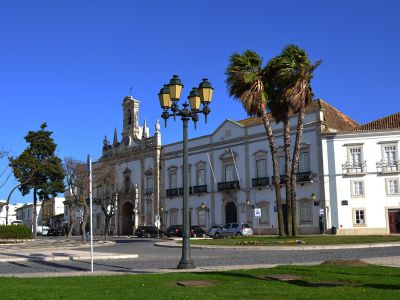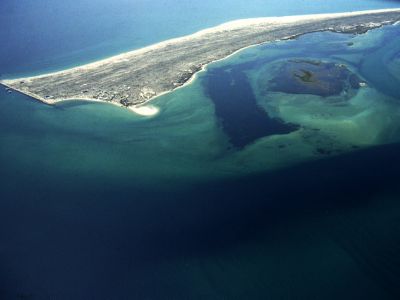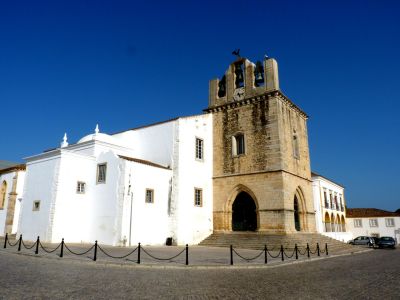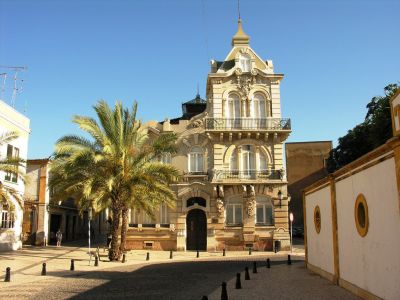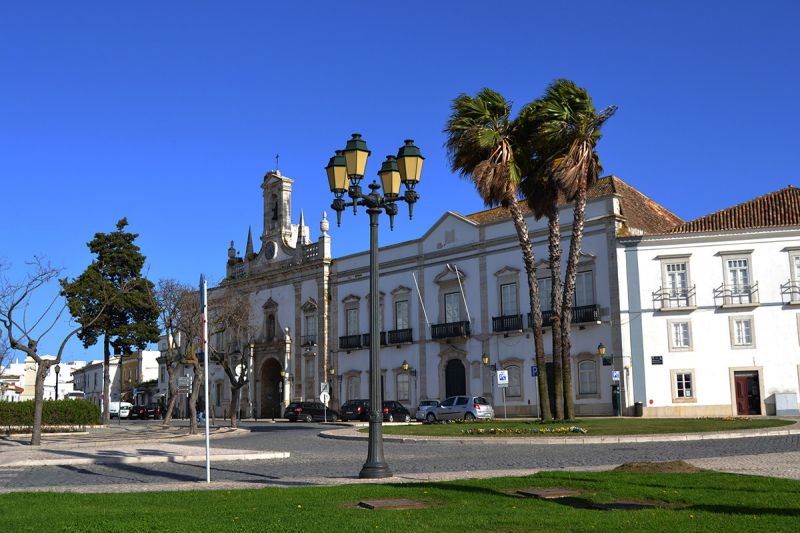Faro Tourism Information
Faro is the administrative centre for the whole of the Algarve region with a population in excess of 40.000 people. The city has both Arab and Roman ruins but most of the present attractive older buildings were constructed after the disastrous earthquake of 1755 and the earlier one of 1532. The Moors who occupied the town in the 8th Century originally gave it the name of Ossónoba and developed it into a trading port until 1249 when they were defeated by the forces of Dom Afonso III.
With the decline of the importance of the City of Silves this town took over the role of administration of the Algarve area. The Earl of Essex sacked the town in 1596 with his fellow crusaders on their journey to the Holy Land and the collection of books taken from the palace of the Bishop of Faro became part of the Bodleian Library in Oxford, England. Another interesting point is that during the 500 years of Moorish occupation there were some Jewish inhabitants in Faro who were busily printing copies of the Old Testament.
Particularly attractive is the old part of the city surrounded still by the Roman walls. Inside a spacious open square that was once the site of the Roman Forum is a 13th Century Cathedral that faces the 18th Century Episcopal palace. An interesting building is the neighbouring 16th Century Convent that is now turned into the home of the city's archaeological museum. Within it is a section devoted to the Arab occupation. The "golden" church of Nossa Senhora do Carmo is claimed to be the best example of gold-leaf woodwork in southern Portugal. It also contains the macabre spectacle of a chapel lined with the bones from over 1.200 monks! Next to the small boat basin bordering the Praça de Dom Francisco Gomes is a small Naval Museum composed of scale model boats and galleons showing the maritime history of the coast.
Much of the city is now composed of apartments and there are many attractive shops and a particularly artistic theatre. Faro is also the home of the Ria Formosa lagoon, a nature reserve of over 17.000 hectares and a stopping place for hundreds of different birds during the spring and autumn migratory periods. The beach is almost 7 Kms distant from the city and is a long sandy spit reached by crossing a bridge not far from the International Airport. The municipal council has an active cultural department organizing different and various events during the year.
EVENTS




